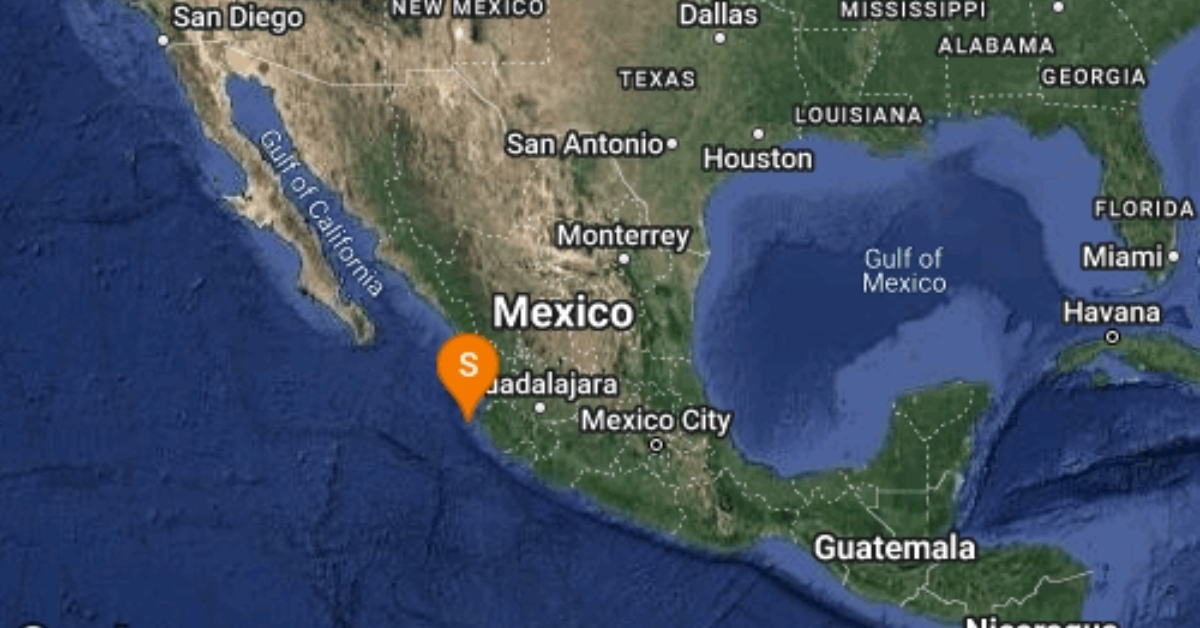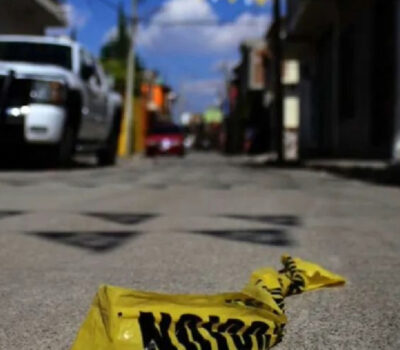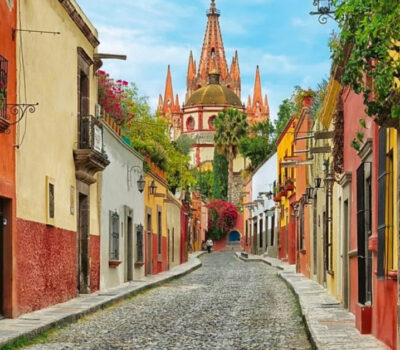Puerto Vallarta, Mexico – A magnitude 4.0 earthquake struck the coastal region of Puerto Vallarta, Jalisco, in the late hours of June 24, as confirmed by the National Seismological Service. The tremor, which was detected at precisely 11:00 p.m., originated 92 kilometers southwest of Puerto Vallarta, with a depth of 5 kilometers.
Residents in various parts of Puerto Vallarta reported feeling the quake, which caused buildings to sway slightly but did not result in damage or injuries.
Local authorities quickly responded to the incident, conducting routine checks on infrastructure, including bridges, roads, and buildings, to ensure their safety. Preliminary assessments indicated no structural damage or casualties, allowing the city’s emergency services to confirm that the situation was under control.
Despite the lack of perception by most residents, the earthquake served as a reminder of the region’s seismic activity. Jalisco, situated along the Pacific Ring of Fire, is no stranger to earthquakes, although most are minor and infrequent. This event underscores the importance of preparedness and the need for ongoing education about earthquake safety measures.
The perception of an earthquake can vary widely between individuals due to several factors. Here are some reasons why your neighbor might feel an earthquake when you do not:
1. Proximity to the Epicenter
- Location Relative to the Epicenter: Your neighbor might be closer to the epicenter or in a location where the seismic waves are stronger.
- Local Geology: Differences in the ground composition, such as rock versus soil, can affect how seismic waves travel and are felt.
2. Building Structure and Design
- Building Type: Different types of buildings respond differently to seismic waves. For instance, taller buildings and those with flexible structures may sway more noticeably than shorter, more rigid structures.
- Building Materials: The materials used in construction (e.g., wood, concrete, steel) can also influence how an earthquake is felt inside a building.
3. Floor Level
- Height in the Building: People on higher floors of a building often feel earthquakes more strongly than those on lower floors due to the swaying motion of tall structures.
4. Personal Sensitivity
- Individual Sensitivity: Some people are more sensitive to movements and vibrations than others, making them more likely to notice even minor tremors.
- Awareness and Attention: If your neighbor was sitting quietly or focusing on something, they might be more likely to notice small movements compared to someone who is active or distracted.
5. Time of Day
- Activity Levels: At night, when it’s quieter and there are fewer distractions, people might notice small earthquakes more easily than during the day.
6. Environmental Factors
- Surrounding Environment: The presence of other vibrations or noise (e.g., from traffic, machinery) can mask the sensation of an earthquake. If you live in a noisier environment, you might not notice a small quake as your neighbor would in a quieter setting.
7. Foundation and Ground Floor
- Foundation Type: The type of foundation your building has can affect how seismic waves are transmitted. For example, buildings on solid rock foundations might transmit vibrations differently compared to those on softer ground.
- Flooring Material: Hard floors (like tiles or hardwood) might transmit vibrations more than carpeted floors, affecting how an earthquake is perceived.
8. Furniture and Fixtures
- Furniture Arrangement: Heavy furniture or fixtures can dampen vibrations. If your neighbor has fewer heavy items or they are positioned differently, they might feel the shaking more.
The combination of these factors can explain why people in close proximity might have different experiences during an earthquake. Understanding these elements can help in assessing earthquake safety and preparedness for the community.
Puerto Vallarta, Mexico - A magnitude 4.0 earthquake struck the coastal region of Puerto Vallarta, Jalisco, in the late hours of June 24, as confirmed by the National Seismological Service. The tremor, which was detected at precisely 11:00 p.m., originated 92 kilometers southwest of Puerto Vallarta, with a depth of 5 kilometers.












